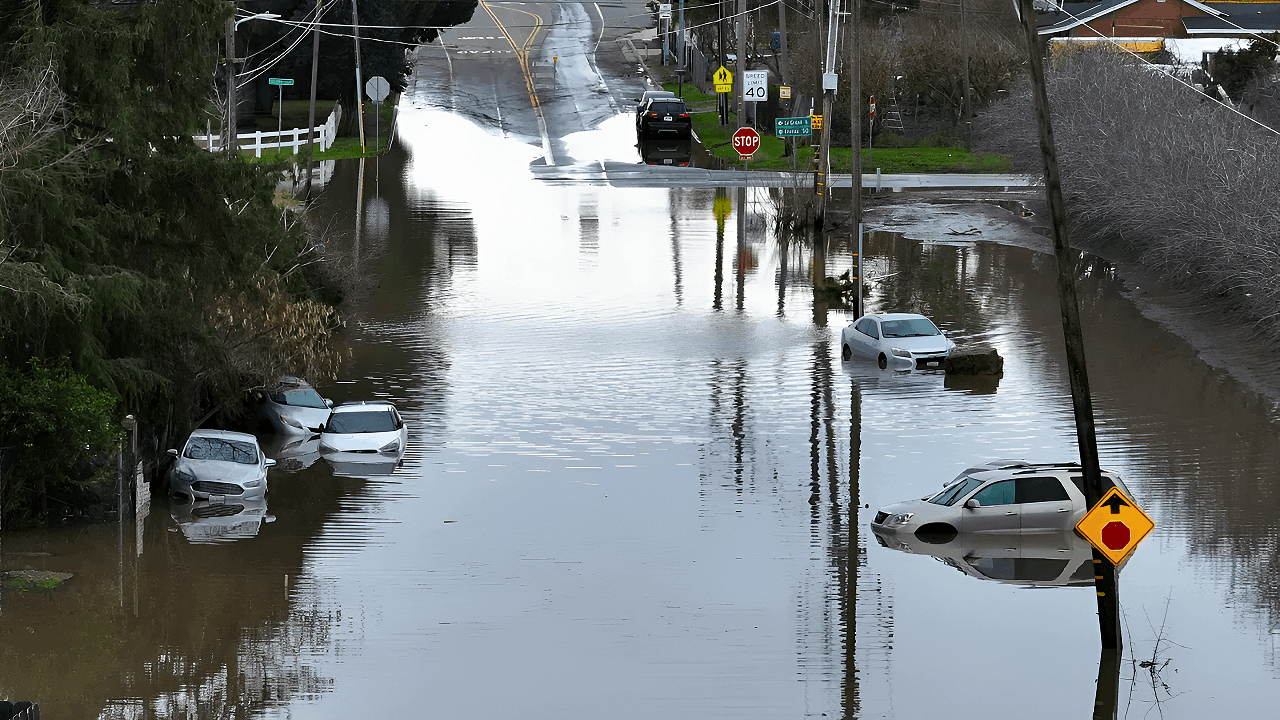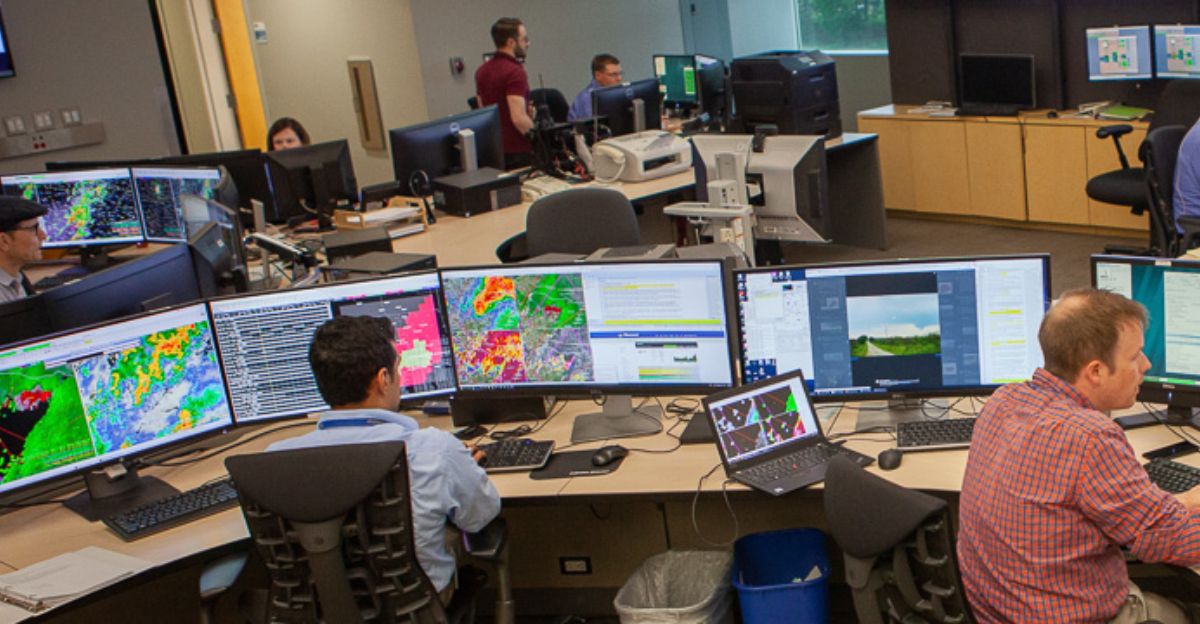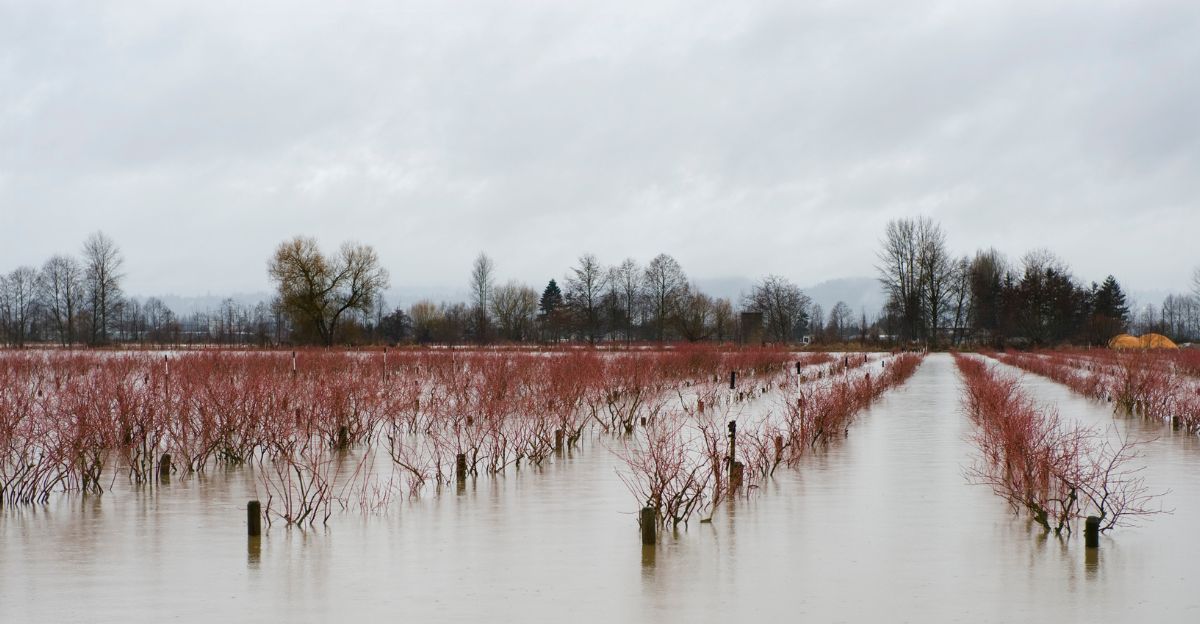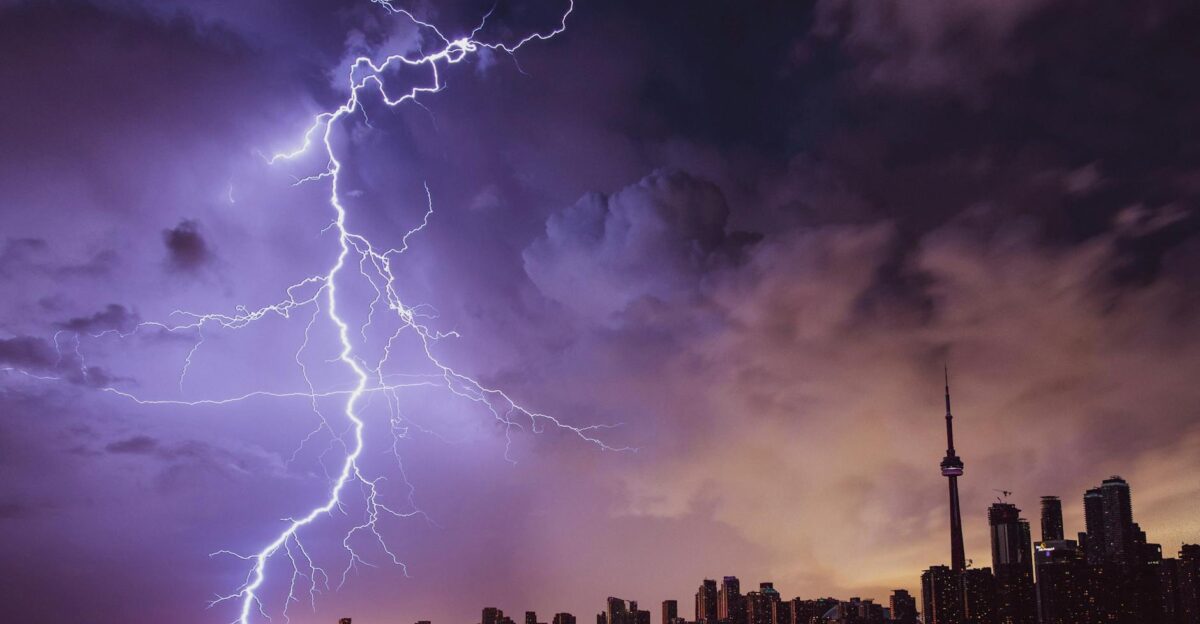
A historic atmospheric river is set to drench the West Coast from October 25-31, 2025. Forecasts show extraordinary moisture and 50-70+ mph coastal winds impacting Northern California through Washington.
Early advisories warn of flooding, mountain snow, and travel disruptions on a scale unseen for October, foreshadowing cascading impacts on businesses and communities.
Unusual October Set-Up Fuels the Deluge

Meteorologists explain the storm’s power. A deep low-pressure system over the Gulf of Alaska is funneling tropical moisture toward the Pacific Northwest.
Forecast models show IVT (integrated vapor transport) values over 750 kg/m/s along coastal Oregon and Washington, far above normal for October. This exceptional moisture stream is driving the extreme rainfall forecasts.
Air and Road Travel Grind to a Halt

By the end of October, travel networks face massive disruptions. “Travel is likely to be impacted by snow, rain, and wind,” warned weather officials.
Airports from Seattle to San Francisco anticipate hundreds of flight cancellations, and busy highways like I-5 and I-80 may flood or close. Bus and train routes are also expected to suspend service, stranding travelers regionwide.
Transit Systems Brace for Widespread Delays

Airlines and transit agencies are preparing for chaos. Major carriers (like Alaska Airlines) have issued weather waivers and are standing by for mass cancellations. Amtrak and commuter rail lines may suspend service on vulnerable routes. Utility companies pre-deploy crews to clear debris.
NWS meteorologist Joshua Wood cautioned, “We’ve had systems with AR characteristics, but this one … will have the true qualities of an atmospheric river”, signaling serious disruption ahead.
Supply Chains Grind to a Halt

Supply chains become a bottleneck next. Trucking firms warn of gridlock as rain and landslides close roads between Seattle and San Diego. Grocery distributors and e-commerce warehouses rapidly stockpile essentials, water, batteries, and nonperishables to ride out delivery delays.
This threatens shortages on retail shelves and backlogs at logistics hubs, impacting food and fuel deliveries across the region.
Ports Jam as Cargo Ships Queue Up

West Coast port operations will slow dramatically. Seattle, Oakland, and Portland ports expect hazardous conditions that force ship delays and suspend cargo handling. Electronics, auto parts, and perishable exports could be held up for days or weeks.
International buyers are warned of delayed shipments: even Seattle’s tech-heavy port and California’s agricultural exports (fruits, nuts) may not reach Asia and Europe on schedule.
Emergency Crews Mobilize Across the Region

Emergency crews are on high alert. Utility, road, and rescue teams are pre-staged across California, Oregon, and Washington. Forecasts highlight not just heavy rain, but also “significant waves and winds” along the coast.
Local governments have activated incident command centers; sheriff’s offices advise residents to prepare for 24-72 hour power outages. Hospitals are ready with generators and evacuation shelters.
States Declare Emergencies and Coordinate Response

Governors are moving to mobilize resources. California, Oregon, and Washington have opened emergency operations centers and are coordinating National Guard deployments for flood evacuations and debris removal.
State officials have each signaled they may request federal aid. One governor urged residents to treat the coming storm “like a major disaster,” while federal agencies (NOAA, FEMA) stand by to assist where needed.
Economic Toll Could Reach Hundreds of Millions

Analysts expect a sharp economic hit. Lost productivity, cancelled events, and property damage could push costs into the hundreds of millions. S&P Global notes regional GDP will feel a drag. Insurers brace for a surge of auto and property claims.
Retail, transportation, and service sectors forecast temporary revenue drops. Even brief disruptions to ports and flights can cumulate large economic losses.
Stores Race to Restock Essentials

Retailers on the West Coast see a sudden sales spike. Supermarkets report 50–100% increases in bottled water, bread, and canned goods sales as shoppers prepare.
Hardware and big-box stores are limiting per-customer purchases of generators and batteries. Some chains pre-order extra inventory. To protect staff, many stores close early or shift to curbside pickup, adding to the rush.
Hospitals and Hotels Handle Cancellations

Restaurants and hotels are taking hits from cancellations. Downtown Seattle eateries to Napa Valley wineries report huge no-shows. Hotels and cruise lines automatically refund bookings for the storm dates.
Convention centers and event venues in Portland and San Francisco see empty halls. Some hotels open emergency rooms for stranded travelers, while hospitals postpone elective procedures and secure backup power.
Farms Flooded, Utilities on Alert

Agriculture and utilities face cascading issues. In California’s Central Valley and wine country, flood risk threatens late-season crops; farmers preemptively drain fields. Utility companies (PG&E, Bonneville) pre-deploy crews anticipating downed power lines.
Fuel demand for generators jumps (about +10%). Water agencies warn storm runoff could overwhelm reservoirs and sewage systems. Emergency pumping crews stand ready in farm communities.
U.S. Export Delays

Global supply chains feel the ripple across oceans. Importers in Asia and Europe are alerted to delays in U.S. shipments from West Coast ports. For example, Seattle’s grain and coffee exporters expect ships to sit idle longer. Prices of imported electronics and produce may see short-term upticks.
Airlines note fewer arrivals from the U.S., affecting Pacific travel plans. Even the Panama Canal transit sees backups.
Stay Prepared, Stay Calm

Health officials urge calm but preparedness. Power companies advise safe generator use. NWS and FEMA recommend stocking a kit with water, food, medicine, and a NOAA weather radio.
Residents with medical devices should plan for alternate power. Hospitals stockpile supplies. Mental health counselors remind people to watch for stress, especially seniors, prolonged utility outages can worsen health issues.
Climate Debate Intensifies as Storm Unfolds

The extreme timing and scale have reignited climate debates. Researchers note that “warmer air holds more moisture, increasing the potential for heavy rainfall in a warming climate”.
Studies suggest atmospheric rivers could become ~25% longer and wider with continued warming. Policymakers are discussing how this event aligns with climate models, and communities are debating investments in infrastructure like reinforced levees and updated building codes.
Storm’s Winners and Losers Emerge

The economic aftershocks create market anomalies. Hardware chains and storm-kit suppliers see booming demand, as do plumbing and repair firms. Emergency restoration companies mobilize large crews. By contrast, travel businesses and event venues report losses. Insurance adjusters prepare for business booms.
This uneven landscape means some firms (e.g., generator manufacturers, recovery contractors) may see profits climb even as airlines and hotels struggle.
Markets React

Investors are watching for sector swings. Insurer stocks may dip on expected claims, while utilities and pump manufacturers could rally on higher demand. Retailers selling generators and emergency supplies have climbed.
Commodities like diesel and lumber tick up on storm prep buying. Analysts note that such weather events create volatility: disaster-response and infrastructure companies often see stock bumps after initial losses.
Practical Prep Tips

Officials advise residents to prepare and stay informed. Travelers should check flight and road status before departing. Every household is urged to have at least 72 hours of supplies (water, nonperishable food, flashlights, and batteries).
Secure outdoor furniture and clear gutters. In flood-prone areas, pack an evacuation kit with important documents. Keep phones charged and tune to local emergency alerts for updates.
Another Storm May Follow

Atmospheric scientists warn the pattern isn’t ending soon. The CPC outlook shows >70% odds of above-average rain for California, Oregon, and Washington through Oct 31.
UC San Diego’s CW3E forecasters warn that the “unsettled weather pattern may continue” into the following week. Residents and officials stay vigilant as model runs already hint at another incoming storm.
Building Long-Term Resilience

This storm is a wake-up call on resilience. Atmospheric rivers already account for ~80% of West Coast flood damages (about $1 billion per year), and this event underscored the risk. Officials and communities will reflect on preparedness and infrastructure gaps.
As cleanup begins, leaders are pledging to apply lessons: smarter water management, stronger levees, and ongoing readiness efforts will be key to weathering future storms.